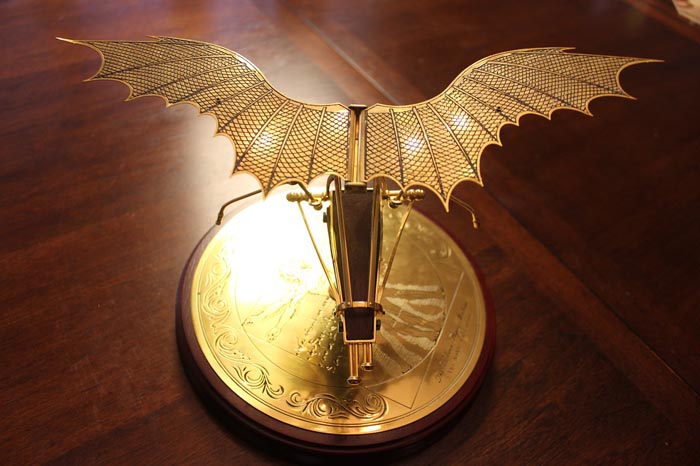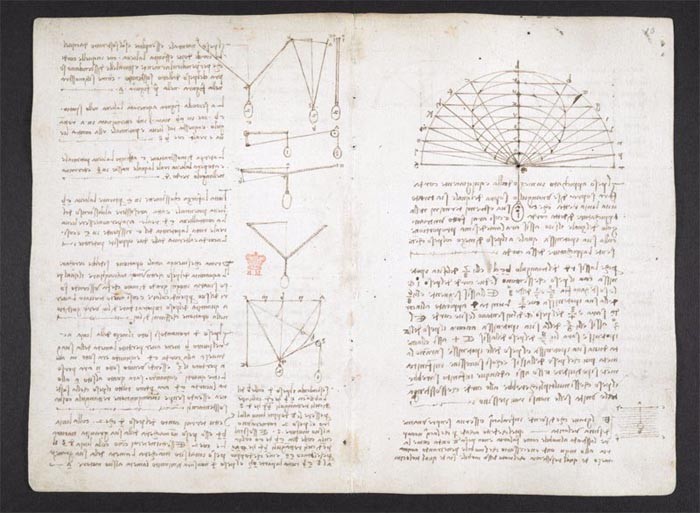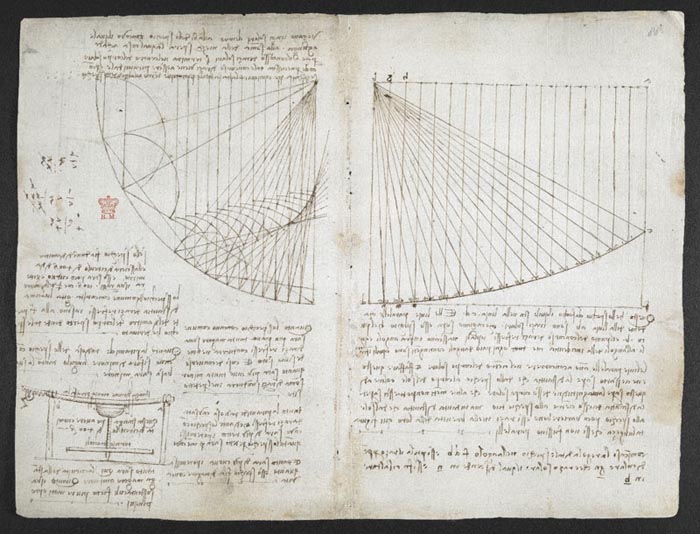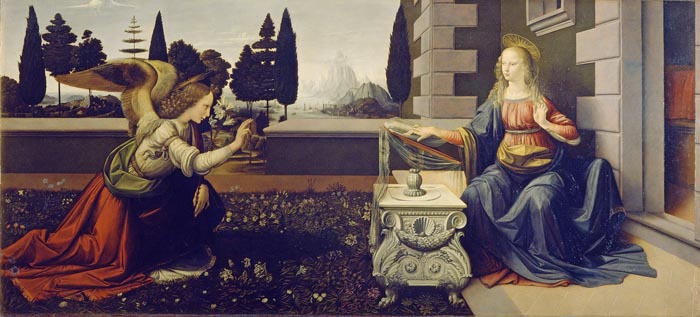
We mentioned this name when we wrote about the most famous technical writers. And, this man really stands out in a good way. He was not just one of the first actual technical writers, but he was much more – this ‘tech comm specialist’ shaped our world in a sense.
We believe that you have already guessed by now – we are going to take a trip down the history lane and talk about Leonardo Da Vinci, probably, the greatest technical illustrator whose prolific work changed humanity forever.
Childhood and Early Years

Leonardo da Vinci was an illegitimate son of a peasant girl and a notary. He was born in present-day Italy, in Tuscany. His father, Ser Piero, took custody of the boy quite early, so, Leonardo moved to the family estate, not far from the town called Vinci.
Leonardo da Vinci received some basic education but was always drawn to arts. At the age of fourteen, he became an apprentice of Andrea Verrocchio in Florence. That was a long-term apprenticeship, da Vinci studied metalwork, carpentry, sculpting, painting, leather art.
At that time, he started his first paintings. Among other works, rumour has it, he helped out his teacher, Verrocchio, to finish “Baptism of Christ” (the young artist painted the background and the angel holding Jesus’s robe). Some believe that Verrocchio was so astounded by his pupil’s work that he gave up painting. This part of the story seems to be quite exaggerated 🙂
Later, da Vinci finished a couple of painting commissions and moved to the next chapter of his life – being a scientist and a technical illustrator.
Greatest Technical Illustrator
The fact is, although Leonardo da Vinci’s paintings are some of the most expensive and famous ones (his masterpiece Salvator Mundi even set a record as the most expensive painting ever sold at an auction; the final price reached $450,312,500), he isn’t considered that prolific in this specific area of his numerous interests.
In the 1480s, da Vinci began studying anatomy. He started dissecting bodies of animals and humans to understand how they work. Around that time he took up the habit of taking notes and organizing them into notebooks.
Besides anatomy, Leonardo da Vinci studied geology, botany, aeronautics, and physics. He sketched his observations and gave detailed descriptions.
Let’s take a look at some of his work. The notebook images are taken from thedailybuzzz.com.

As you can see, this Renaissance notebook looks a lot like an abstract from a modern user manual. The text is deliberately divided into paragraphs, and this makes it more readable, and the main idea becomes easier to grasp. We also see a lot of pictures following the text up – the ratio of images and text looks good. Da Vinci is using illustrations as one of the main tools to get the information across.
To be a technical illustrator nowadays, you need to have the corresponding education/skill set. Technical illustrators often have a degree in digital art. Well, we can say that Leonardo da Vinci’s apprenticeship covered that. Take a look at the next image.

This picture shows how technical illustration should work together with common sense – if to make a concept clear one needs to dedicate half of a page to an image, let it be so. Obviously, that was very important not to downscale the image any further – it would be impossible to interpret. And, also, to have no explanatory text next to such a complex scheme would be a mistake – the complexity implies often references from the text to the picture and vice versa.
All in all, these notebooks include a lot of good practices applicable to modern technical writing. If you are interested and intrigued by what other lessons Leonardo da Vinci can teach us, you are lucky! His notebooks (570 digitized pages) are available at the British Library website.
Conclusion

With the speed of the information flow we are accustomed to, it is easy to live under the impression that things created two years ago don’t matter much anymore (memes last only a couple of days now until they become irrelevant!). But, if you look back, you will find that everything that we consider edgy now is based on our past experience. So, looking as far back as the Renaissance can be an interesting journey for a modern tech writer.
Good luck with your technical writing!
ClickHelp Team
Author, host and deliver documentation across platforms and devices



